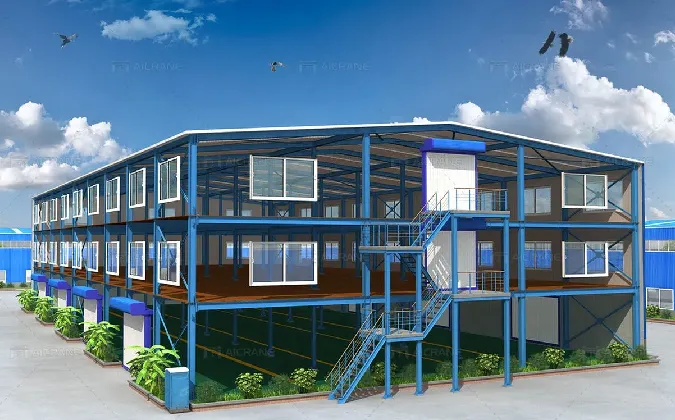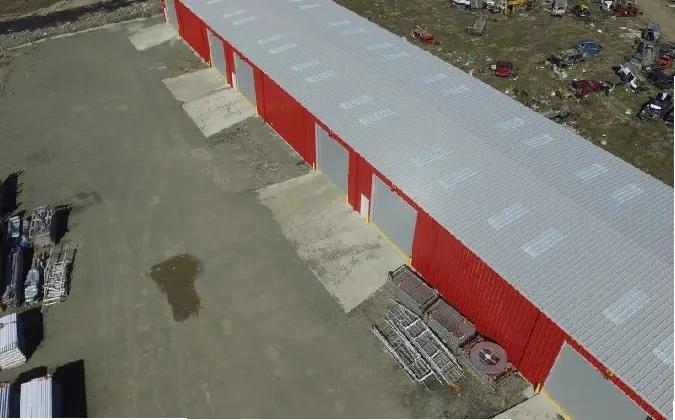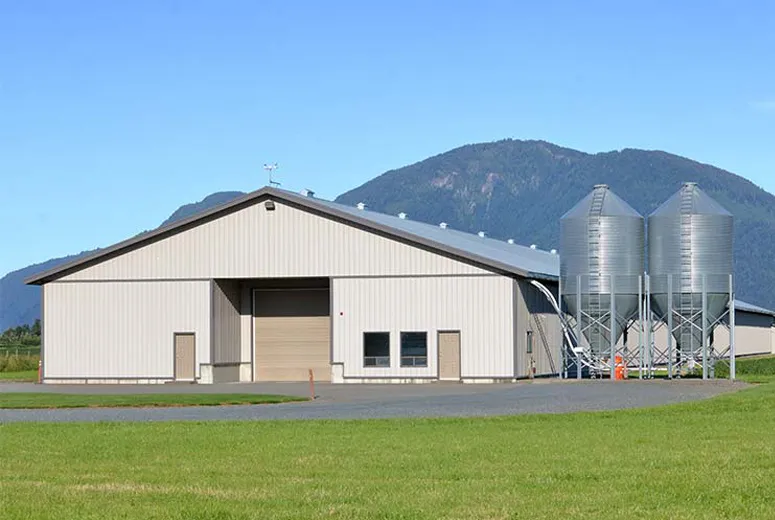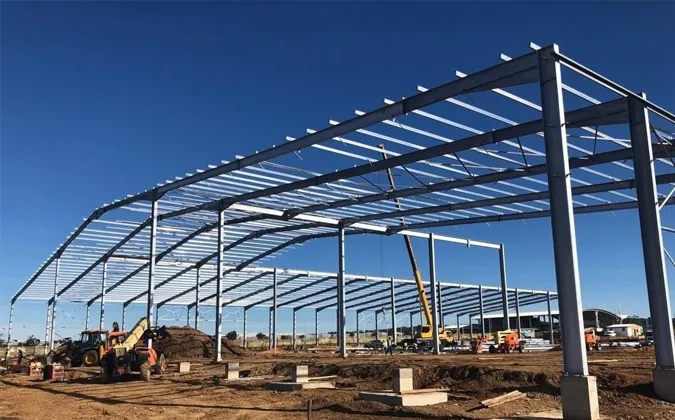The landscape of industrial and commercial construction is undergoing a significant transformation, driven by the demand for faster, more efficient, and cost-effective building solutions. At the forefront of this shift are prefabricated metal structures, which offer a compelling alternative to traditional construction methods. These innovative systems are redefining how warehouses, factories, and large-scale facilities are conceived and delivered. As a leading force in this industry, Hebei Hongji Shunda Steel Structure Engineering Co., Ltd. is dedicated to providing superior prefabricated building solutions that combine durability, design flexibility, and accelerated project timelines to meet the diverse needs of the modern market.

The Modern Industrial Solution Relies On A Sophisticated Prefab Building Factory
- The cornerstone of the prefabricated construction revolution is the advanced prefab building factory. Unlike traditional construction sites plagued by weather delays and logistical complexities, our controlled factory environment at Hebei Hongji Shunda Steel Structure Engineering Co., Ltd. ensures precision and quality at every stage.
- Here, every component of your building—from primary frames and secondary members to roofing panels and wall systems—is engineered, fabricated, and inspected with meticulous attention to detail. This industrialized process guarantees consistent quality, reduces material waste significantly, and allows for concurrent site preparation, slashing overall project schedules.
- By investing in state-of-the-art manufacturing technology, our prefab building factory delivers components that arrive on-site ready for rapid assembly, ensuring your project is completed on time and to the highest standards.
Understanding The Core Components Of A Durable Prefab Metal Building
- A prefab metal building is far more than just a simple structure; it is an engineered system designed for longevity and performance. The primary frame, typically composed of rigid I-beams, forms the skeleton, providing the essential strength to withstand heavy loads and harsh environmental conditions.
- This is complemented by a system of secondary structural members, including purlins and girts, which add stability and support for the outer cladding. The building envelope itself is comprised of high-quality steel roof and wall panels, which are available in various profiles and finishes to meet specific aesthetic and performance requirements, such as enhanced thermal efficiency.
- At Hebei Hongji Shunda Steel Structure Engineering Co., Ltd., we ensure that every prefab metal building is a complete, integrated system where all components work in harmony to deliver a robust, reliable, and long-lasting facility.
Discovering The Versatility Behind Prefab Metal Buildings For Sale
- The range of prefab metal buildings for sale today offers remarkable versatility, extending well beyond basic storage to suit a wide array of applications. These structures are ideally suited for warehouses, distribution centers, manufacturing plants, and aviation hangars, providing the large, clear-span spaces that modern operations require.
- The inherent design flexibility allows for easy customization of dimensions, door and window placements, and interior layouts to accommodate specific machinery, workflow, and storage systems. Whether you need a simple storage facility or a complex, partitioned industrial plant, the options available with prefab metal buildings for sale can be tailored to your exact specifications.
- Hebei Hongji Shunda Steel Structure Engineering Co., Ltd. specializes in working with clients to customize these structures, ensuring the final building is a perfect fit for its intended purpose
Prefab Building Factory FAQS
What Are The Main Advantages Of Sourcing From A Prefab Building Factory?
Sourcing from a dedicated prefab building factory offers unparalleled advantages in terms of quality control, efficiency, and cost management. The controlled factory environment eliminates the variables of on-site weather, allowing for precise, automated fabrication that ensures every component meets exact specifications. This results in a higher quality product with consistent finishes and minimal material waste. The factory process also enables concurrent work streams, where building components are manufactured while the site is being prepared, dramatically accelerating the overall project timeline and reducing labor costs, which makes the entire investment in a prefab metal building more predictable and economical
How Long Does It Typically Take To Erect A Prefab Metal Building?
The erection timeline for a prefab metal building is significantly shorter than that of conventional structures, which is one of its most compelling benefits. Since all primary and secondary components are pre-engineered, pre-cut, and pre-drilled in the factory, the on-site assembly process becomes remarkably efficient, resembling a rapid assembly of a large-scale kit.
What Customization Options Are Available With Prefab Metal Buildings For Sale?
The range of prefab metal buildings for sale offers extensive customization to fit functional and aesthetic needs. Clients can determine the building's dimensions, roof style, and wall heights to suit their specific operational requirements. Exterior finishes are available in a wide palette of colors and profiles.
Are Prefab Metal Buildings A Sustainable And Eco-Friendly Choice?
Yes, prefab metal buildings are an exceptionally sustainable choice. Steel, the primary material, is one hundred percent recyclable, and our structures often incorporate a high content of recycled material. The precision manufacturing process in a prefab building factory minimizes material waste significantly compared to traditional construction sites.
How Does The Cost Of A Prefab Metal Building Compare To Traditional Construction?
The cost-effectiveness of a prefab metal building is typically superior to that of traditional construction methods. The streamlined factory production and reduced on-site labor requirements lead to substantial savings in both time and money. The efficiency of the design and construction process reduces overall material needs and waste disposal costs.













